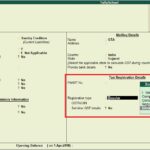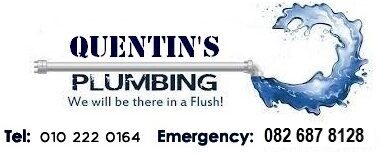
Review your accounts payable weekly to ensure there are no outstanding payments and to confirm you completed the payment. Common payment terms include Net-30 and Net-60, which gives you 30 or 60 days to pay after receiving the invoice. You might decide to set up a weekly, bi-weekly or monthly schedule, depending on the number of invoices you receive and your business’ cash flow.
Benefits of accounts payable automation
- The accounts payable process doesn’t have to be a dreaded task when you habitually review your invoices weekly and implement accounting automation opportunities.
- The remaining payments are made, using either checks or electronic payments.
- Increasingly, large firms are using specialized Accounts Payable automation solutions (commonly called ePayables) to automate the paper and manual elements of processing an organization’s invoices.
- Using accounting software is more efficient and accurate than manually recording information, especially for businesses with a large volume of invoices.
- Assume, for example, that Acme Manufacturing needs to order a $10,000 piece of machinery.
However, if you do not see one that you need, you can add your own manually in your chart of accounts. Management can use AP to manipulate the company’s cash flow to a certain extent. For example, if management wants to increase cash reserves for a certain period, they can extend the time the business takes to pay all outstanding accounts in AP. Another, less common usage of “AP,” refers to the business department or division that is responsible for making payments owed by the company to suppliers and other creditors. The first step of the accounts payable process is to create a chart of accounts, which is an organizational chart that summarizes where you record accounting transactions. The full cycle of accounts payable simply refers to the entire process of handling and archiving a purchase, from beginning to end.
How to improve your accounts payable process
Now is the time to take charge of the accounts payable process to improve your business results. Review your deductible expenses definition systems for managing accounts payable and use technology to automate the process. Use QuickBooks accounting software to scan invoices, post payables into your accounting system, and pay invoices electronically.

Get a complete view of your finances with QuickBooks accounting software for small businesses
With QuickBooks, you can automate expense management and get back to doing what you love about running your business. Whether that’s getting your hands dirty at a job site or dazzling clients and securing contracts, more time means more control over your journey. If you notice an error on an invoice, contact the supplier or vendor as soon as possible to address it. Resolving the issue can mean requesting a corrected invoice, disputing the charge, or requesting a credit. Check out our reviews of the best bookkeeping software for small businesses.
Accounts payable are usually divided into two categories – trade accounts payable and other accounts payable. The goods that are not merchandise are the goods that the business does not normally deals in. Once the preceding step has been completed, the invoice is recorded in the company’s accounting system, using the invoice date as the entry date. For example, if an invoice has a date of September 1 and should be paid in 30 days, then it is logged in as of September 1, so that the accounting system will pay it on September 30. Accounts payable turnover is a ratio that measures the speed with which a company pays its suppliers. If the turnover ratio declines from one period to the next, this indicates that the company is paying its suppliers more slowly, and may be an indicator of worsening financial condition.
Just a Few More Details
This can be from a purchase from a vendor on credit, or a subscription or installment payment that is due after goods or services have been received. The $500 debit to office supply expense flows through to the accumulated depreciation income statement at this point, so the company has recorded the purchase transaction even though cash has not been paid out. This is in line with accrual accounting, where expenses are recognized when incurred rather than when cash changes hands. Proper double-entry bookkeeping requires that there must always be an offsetting debit and credit for all entries made into the general ledger. To record accounts payable, the accountant credits accounts payable when the bill or invoice is received.
A change in the turnover ratio can also indicate altered payment terms with suppliers, though this rarely has more than a slight impact on the ratio. If a company is paying its suppliers very quickly, it may mean that the suppliers are demanding fast payment terms, or that the company is taking advantage of early payment discounts. The accounts payable department should use accrual accounting to post transactions and for financial reporting. If your business is smaller, a bookkeeping employee may handle accounts payable. When you think of cash management, your first thought may be to increase collections from accounts receivable.
Acme posts a debit to decrease accounts payable (#5000) and a credit to reduce cash (#1000). Most of the balance on a five-year loan, for example, is categorized as a long-term (noncurrent) liability. As a result, debiting accounts receivable with $300,000 means an increase sole trader bookkeeping in accounts receivable by the same amount, also crediting the sales account by $300,000 means an increase in sales by the same amount. Therefore, if your business has only a few accounts payable, you may record them directly in your general ledger.
